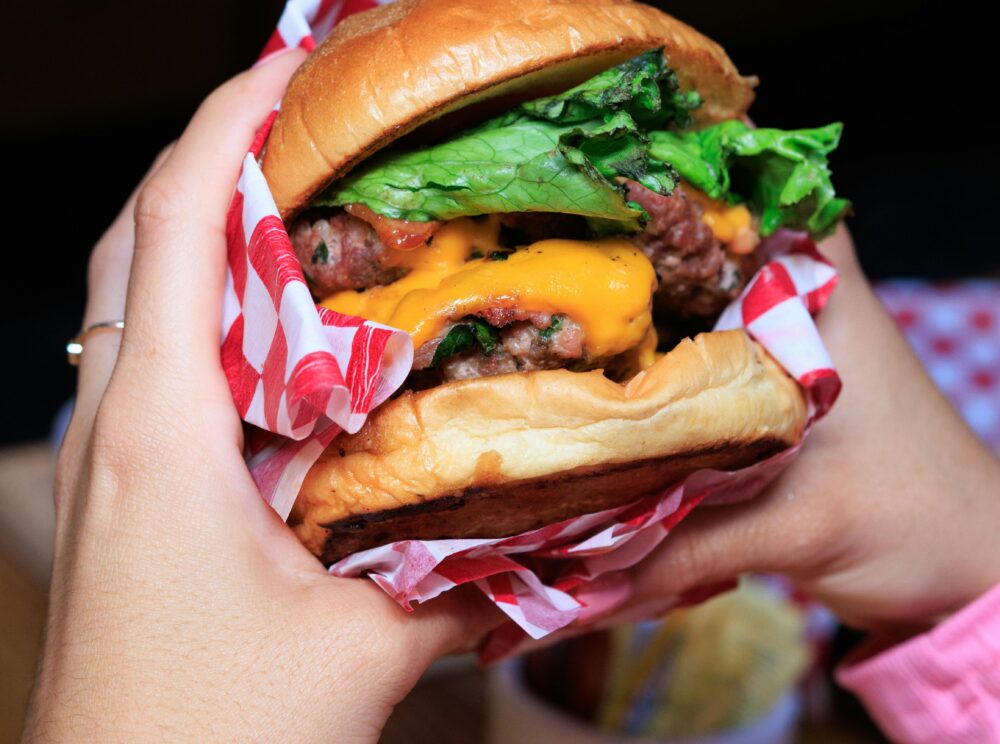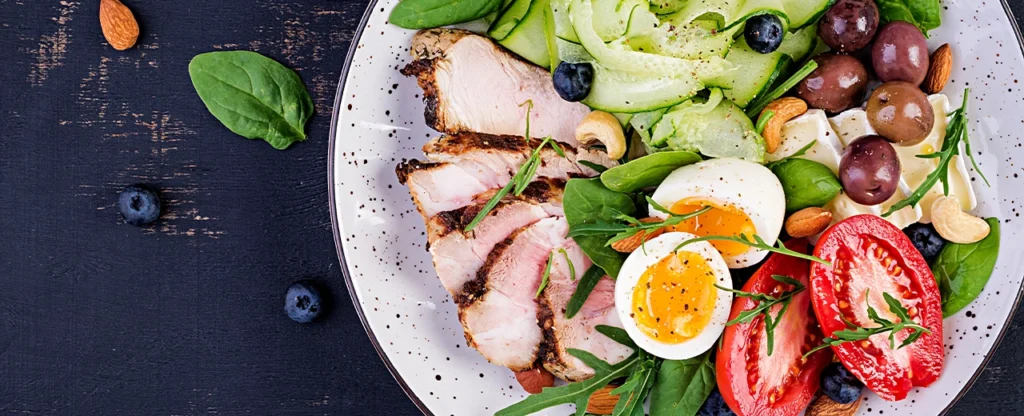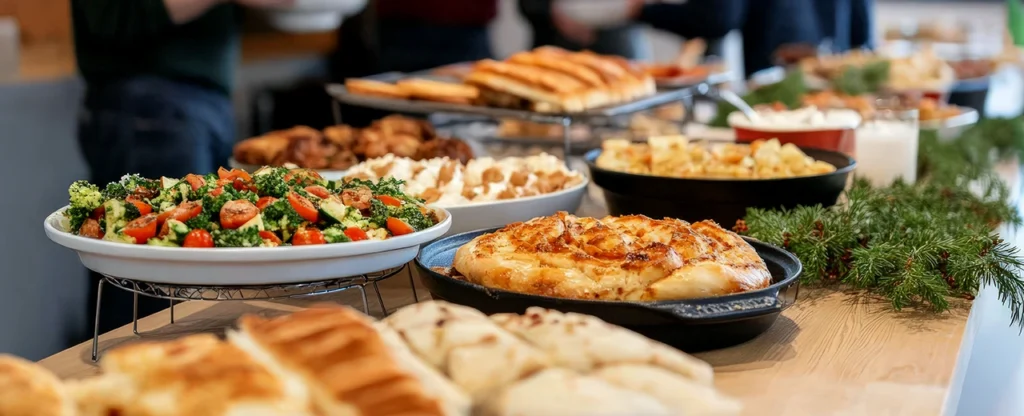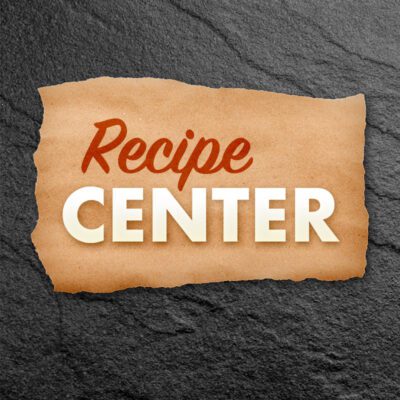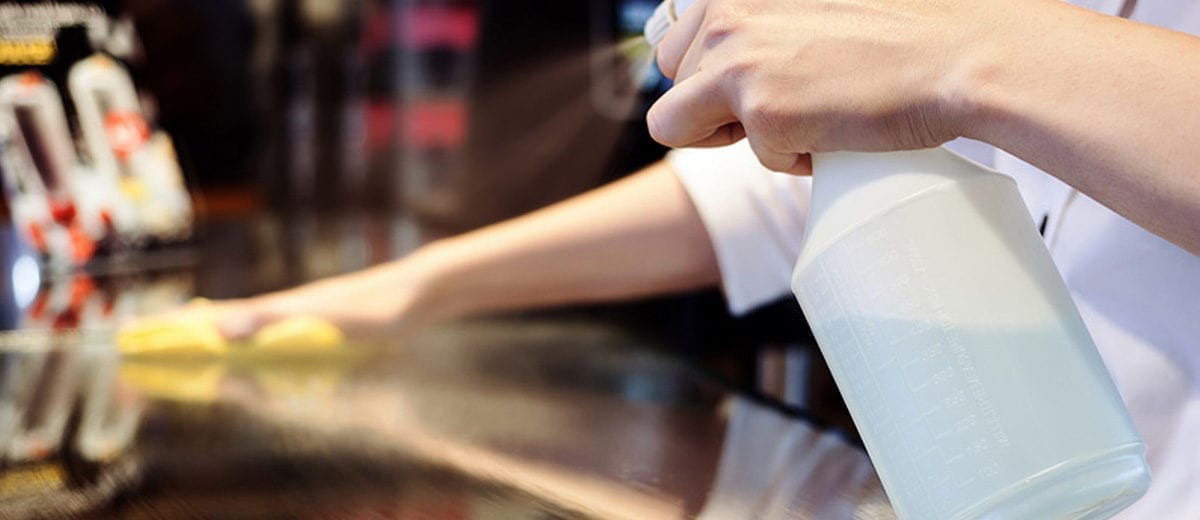
Maintain a Clean and Sanitary Restaurant Kitchen
To reduce the spread of bacteria and viruses, maintaining a clean and sanitary restaurant kitchen is imperative.
Cleaning removes food and other dirt from surfaces, which can help sanitizers work more effectively. Sanitizing reduces surface pathogens to safe levels. When training your restaurant team members, ensure that you provide relevant instructions pertaining to the following:
- Work surfaces. Show your team how to clean and sanitize surfaces specify how frequently to do so. Make your preferred cleaning and sanitizing products readily available for staff to grab and use when needed.
- Specialty equipment. Demonstrate how to properly use any specialty equipment, such as meat slicers and food processors. Show staff how to clean and sanitize these tools, which are also considered food-contact surfaces. If items are in constant use, clean and sanitize every four hours.
- Color-coded equipment. Many restaurant operators choose to color-code select kitchen equipment, such as cutting boards and utensils, to reduce cross-contamination possibilities. Green typically is used for fruits and vegetables; red for red meat; yellow for poultry; and blue for fish. For your staff’s awareness, break down what colors match up with specific food categories in your restaurant, and explain the importance of keeping these items separate when cleaning and sanitizing.
- Attire and protective gear. Food handlers’ attire should remain clean at all times. If an article of clothing gets dirty, it should be replaced with a clean garment. Upon leaving food prep areas, staff should remove their aprons and single-use gloves. Stock multiple glove sizes and outline occasions that merit putting on a new pair of single-use gloves, such as handling ready-to-eat food.
3 Tips to Ensure Clean and Sanitary Food-Contact Surfaces
Source: National Restaurant Association

